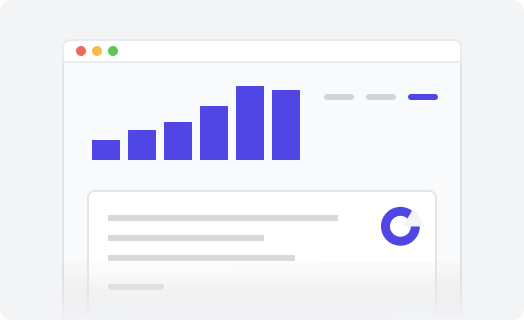We’ve never been tired of highlighting one of our accomplishments — 26% ticket deflection. But what does it mean, exactly? Are deflected tickets something terrible? On the contrary, the higher the percentage, the better. Ticket deflection: what you need to know.

Ticket deflection is used when a company has a knowledge base or self-service portal, aka a help center or an FAQ section. Customer support agents use Deflection Ratio measurements to understand how many possible tickets were closed (deflected) thanks to the knowledge base. In other words, the Deflection Ratio is the correlation between the total number of interactions with the self-service center and the total number of customers that submitted tickets.
Q: Come again — what is a knowledge base?
A: Previously, in the world of CX, we called a knowledge base Frequently Asked Questions, but today it is something much more than a list of Q&As (see this article). Instead, a knowledge base is a well-organized portal with text and visual content split into categories and sections. Check out some examples here.
Q: The knowledge base — what is it used for?
A: For fixing customers’ most common concerns.
Q: Are deflected tickets hypothetical?
A: Not at all. The main issues that become the content of a knowledge base don’t appear out of thin air! They are totally tangible! They are made up of all the concerns shared by customers that become the support teams’ material for creating and filling out the knowledge base.

www.help.browzwear.com — easy-to-navigate help-center created by Lotus Themes
Q: So, what are ticket deflection’s core principles and values?
A: In simple terms: imagine that before you installed a knowledge base or help center, your support team was receiving 100 ticket submissions per day. After the implementation and/or customization of your self-service portals, submissions dropped to 74 per day. This means that 26 customer requests were resolved without needing to create a ticket or overload your staff. In other words, you need fewer agents with a knowledge base.
How to build a help center capable of reducing tickets?
Read the white paper and learn how to make the most of your self-service.
Q: But is ticket deflection measurable?
A: Of course! To calculate the ticket deflection ratio, just divide the total number of interactions with your self-service portal by the total number of customers that have submitted tickets. And voila, there you have it — your ticket deflection ratio! The higher your KPI, the better for your business results. This is because you spend less money supporting routine maintenance and freeing up more time and space for your human agents to take on more interesting and interactive jobs than just explaining to customers how to turn your product on.
Q: What else should I know?
A: Two more things: 1) knowledge bases are becoming more and more popular. Today’s customers are yesterday's kids, who were born with gadgets in the crib. This generation prefers to self-serve rather than be served old-school over a phone call; 2) If you want a high ticket deflection number, never stop developing your self-service tools like your knowledge base and help center.
We hope this article has answered all your questions about ticket deflection. If you’ve still got more, don't hesitate to ask! At Lotus Themes, we’re ready for ‘em!
Don't forget to subscribe to our newsletter about help center best practices and CX trends.



